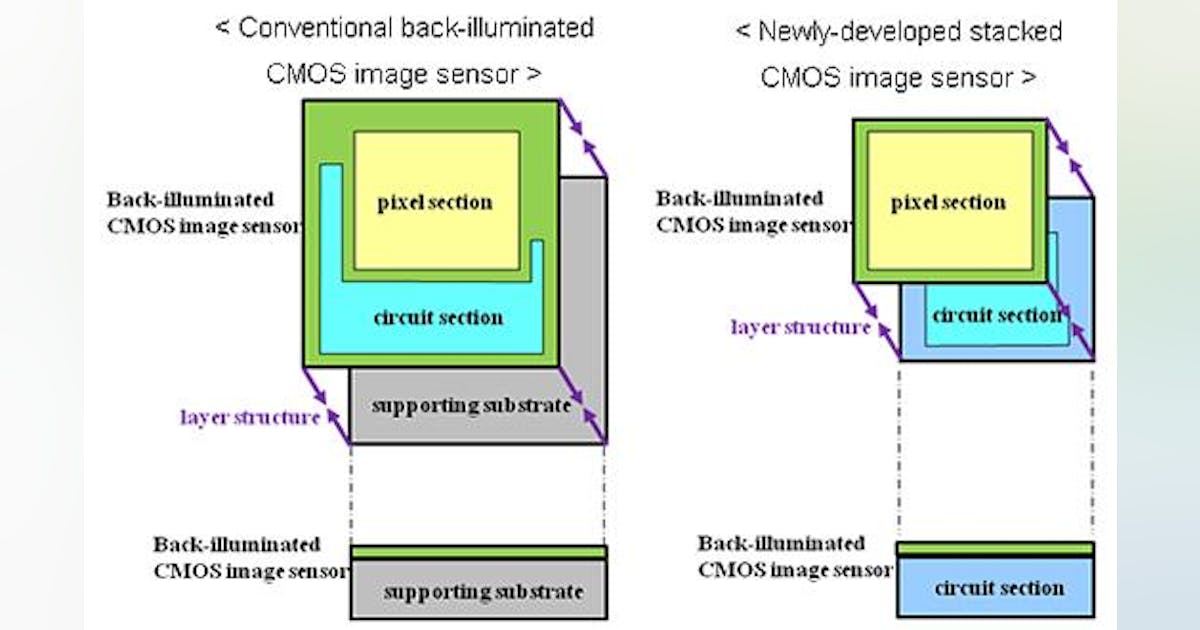fcotterill
Well-known member
I agree with image quality penalties of a DX sensor, at higher ISOs particularly.
Nevertheless, affordability of a FX compared to a DX camera is a big factor for many photographers.
However unlike DSLRs, mirrorless cameras require a stacked sensor to cope with high frame rates, minimize evf blackout, and in action situations there is are the challenges of driving the increasingly complex AF systems.
Stacked sensors have extra long R&D inputs with more complicated production. Higher chip yields/wafer should drive down unit costs and Nikon could use Z9 code etc in a Z90 aka Z900.
 www.naturalart.ca
www.naturalart.ca
Nevertheless, affordability of a FX compared to a DX camera is a big factor for many photographers.
However unlike DSLRs, mirrorless cameras require a stacked sensor to cope with high frame rates, minimize evf blackout, and in action situations there is are the challenges of driving the increasingly complex AF systems.
Stacked sensors have extra long R&D inputs with more complicated production. Higher chip yields/wafer should drive down unit costs and Nikon could use Z9 code etc in a Z90 aka Z900.
Natural Art Images: Voice: Brad Hill Blog
The Blog of Brad Hill, wildlife photographer. Cameras, lenses, camera gear, field tests, conservation, photo tours, and other bits of questionable wisdom from a young-at-heart nature photographer!



